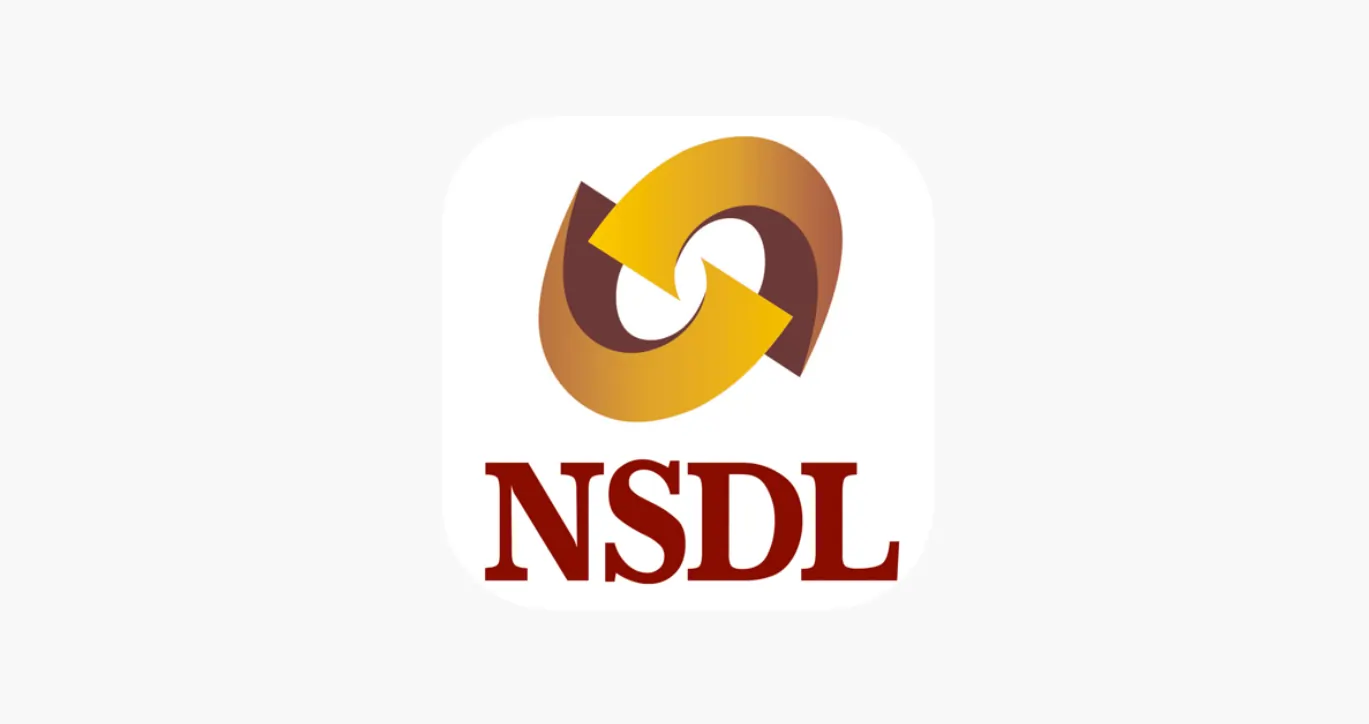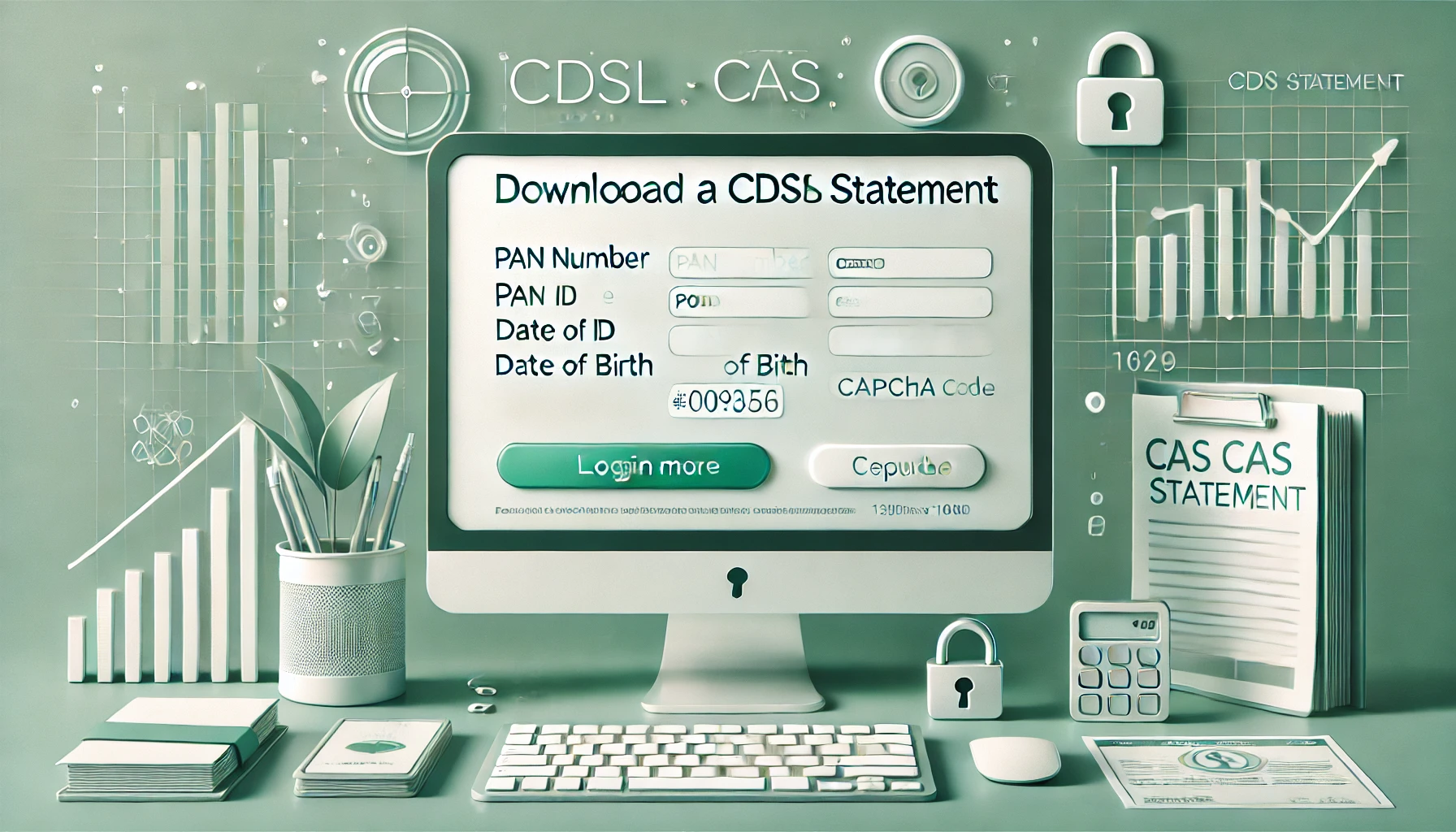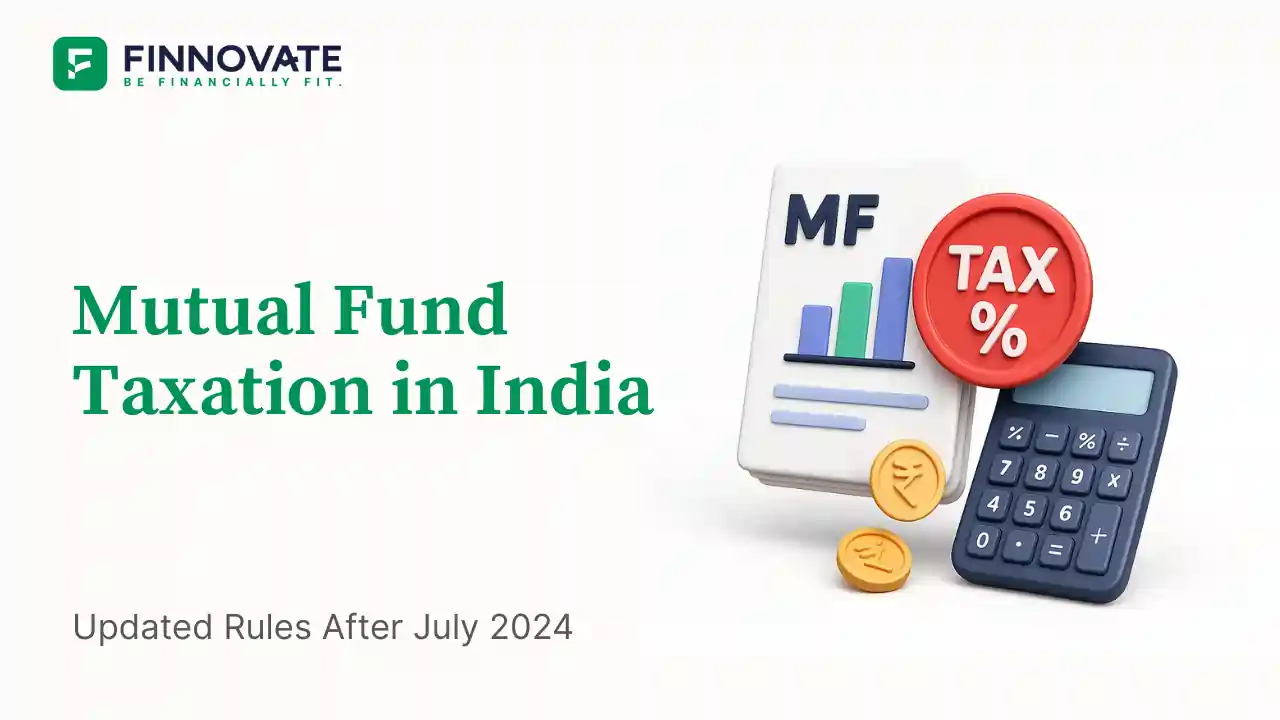Active vs. Passive Portfolio Management: Which One is Right for You?

By

When it comes to managing investments, professionals often face the dilemma of choosing between active and passive portfolio management strategies. While both have their merits, the key to selecting the right approach lies in understanding your financial goals, risk tolerance, and the amount of time you're able to dedicate to managing your portfolio.
In this article, we’ll explore the fundamental differences between active and passive portfolio management, providing you with the insights you need to determine which strategy best suits your personal financial situation.
Active portfolio management is a strategy where fund managers or individual investors make ongoing investment decisions with the goal of outperforming a market benchmark (like the Nifty50 or the S&P 500). Unlike passive investing, active management requires frequent buying and selling of assets to take advantage of market inefficiencies and capitalize on short-term opportunities.
Active portfolio management is most beneficial during times of market volatility or when specific sectors are expected to outperform others. For example, during periods of economic uncertainty or when technological advancements are expected to reshape industries, active managers can adjust the portfolio to capture opportunities and manage risks more effectively.
On the other hand, passive portfolio management involves mimicking the performance of a market index, such as the Nifty50 or the S&P 500, by investing in the same securities that make up the index. The goal is not to outperform the market but to replicate its performance at a lower cost.
Passive management works best for long-term investors who are looking for steady, predictable returns without actively managing their investments. It’s ideal for those who want to grow their wealth over time but don’t have the time or expertise to engage in constant market research and asset selection.
Here’s a clear comparison of the key differences between the two strategies:
| Factor | Active Portfolio Management | Passive Portfolio Management |
|---|---|---|
| Objective | To outperform the benchmark | To replicate the benchmark's performance |
| Management Style | Active selection of securities based on research | Investment in a broad index with minimal intervention |
| Cost | Higher (due to frequent trading and research) | Lower (minimal trading and lower management fees) |
| Risk | Higher (due to active decisions and market timing) | Lower (matches market performance) |
| Flexibility | High (can adapt to market conditions) | Low (follows the index) |
| Performance | Potential to outperform the market, but not guaranteed | Typically matches the market’s performance |
| Suitability | Suitable for those with time to research & monitor their investments | Ideal for long-term investors with lower involvement |
Choosing the right portfolio management strategy depends on several factors:
Active management requires constant attention, research, and market analysis. If you’re a busy professional with limited time to track the markets, passive management might be a better fit for you. Passive investing offers a simpler, more hands-off approach.
Active management tends to involve higher risk due to market timing and the ability to change positions frequently. If you are comfortable with higher volatility and are looking for the possibility of higher returns, active management might be appropriate. However, if you prefer stability and predictable growth, passive investing offers a lower-risk alternative.
If your financial goals are long-term and centered around wealth accumulation (like retirement), passive management may be the way to go. It’s a strategy that works well for people who want to ride the ups and downs of the market with minimal intervention. On the other hand, if you have shorter-term goals or want to achieve faster growth, active management might help you take advantage of short-term market movements.
Active management requires a high level of expertise. If you or your financial advisor have the knowledge to pick the right stocks and manage market timing, this could lead to higher returns. If you don’t have the expertise, or don’t have the time to monitor your investments, passive management provides a more straightforward option with less complexity.
Both active and passive portfolio management strategies have their place, and choosing the right one depends on your individual goals, time commitment, and risk tolerance. Active management offers the potential for higher returns but requires more time, expertise, and a higher level of risk. Passive management, on the other hand, offers steady, predictable returns with lower fees and less effort.
If you’re looking for a strategy that fits your specific financial goals and time constraints, it might be worth exploring both options. You may even choose a hybrid approach, incorporating both active and passive strategies to balance risk and reward.
Disclaimer: This article is for informational and educational purposes only and does not constitute investment advice.
Finnovate is a SEBI-registered financial planning firm that helps professionals bring structure and purpose to their money. Over 3,500+ families have trusted our disciplined process to plan their goals - safely, surely, and swiftly.
Our team constantly tracks market trends, policy changes, and investment opportunities like the ones featured in this Weekly Capsule - to help you make informed, confident financial decisions.
Learn more about our approach and how we work with you:

Learn how to easily download your NSDL CAS Statement in PDF format with our step-by-step guide. Follow our instructions to log in to NSDL e-Services, download your account statement, and subscribe for
Read Full
Explore what Specialised Investment Funds (SIFs) are, their benefits, taxation, minimum investment, how to invest, how they compare with mutual funds and PMS and latest developments in SIF space
Read Full
Learn How to Download Your CDSL CAS Statement with our step-by-step guide. Easy instructions for accessing your investment details online.
Read Full
Analyzing the potential economic impact of the 2025 India-Pakistan conflict on India's GDP growth, manufacturing sector, and foreign investment.
Read Full
Determine if your Demat Depositary (DP) is NSDL or CDSL easily. Follow our guide to check using broking platforms or Demat account number formats
Read Full
Looking for the best financial freedom books? Here’s a handpicked 2025 reading list with summaries, why to read, and who it's best for.
Read Full
Clear guide to mutual fund taxation in India for FY 2025–26 after July 2024 changes: equity STCG 20%, LTCG 12.5% with ₹1.25L exemption, debt/hybrid rules, dividends, examples, tables, and FAQs.
Read Full
RBI cuts repo rate by 50 bps and CRR by 100 bps in June 2025 to boost growth. Learn how it impacts inflation, borrowing, sectors, and market trends.
Read Full